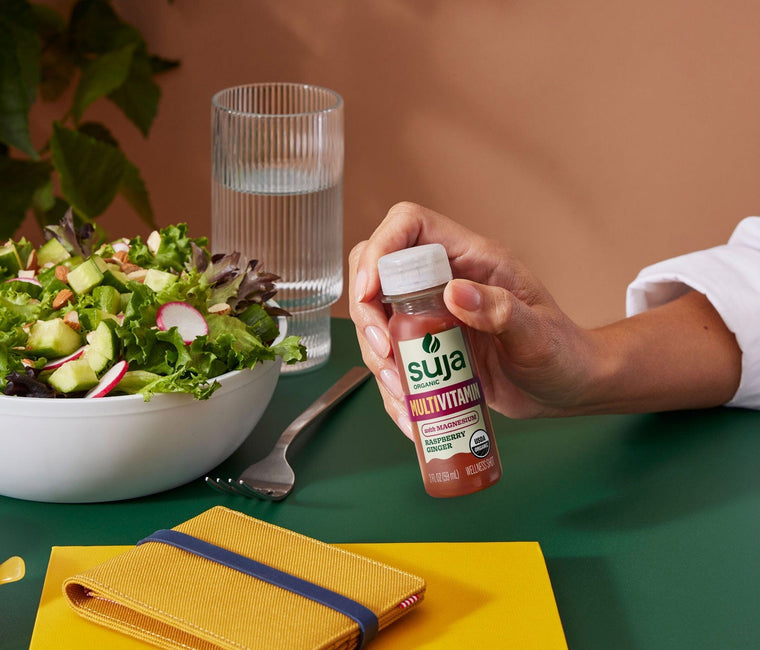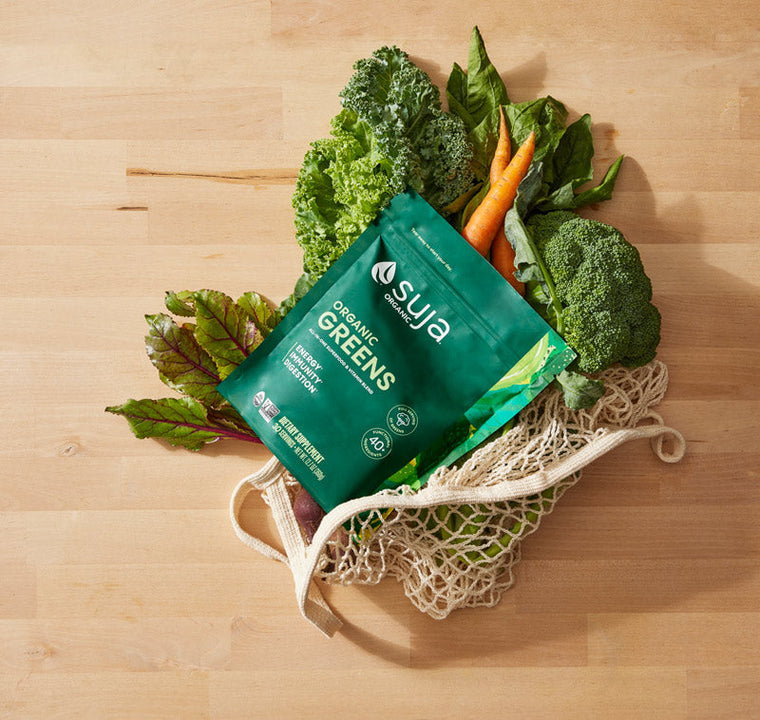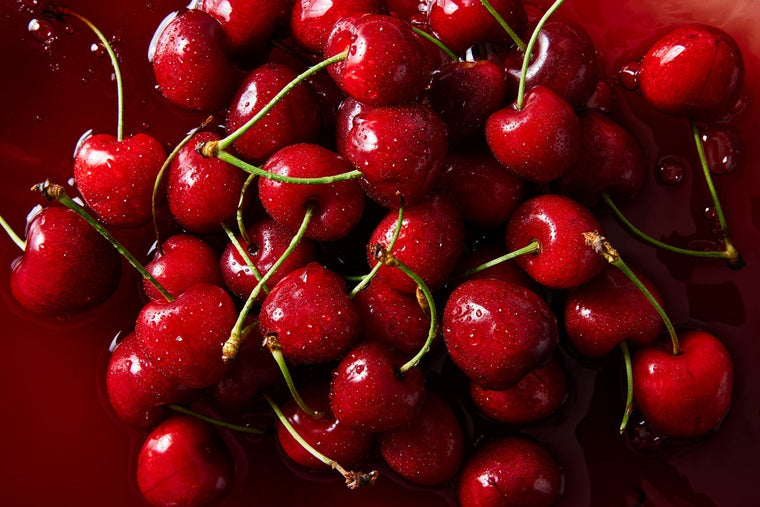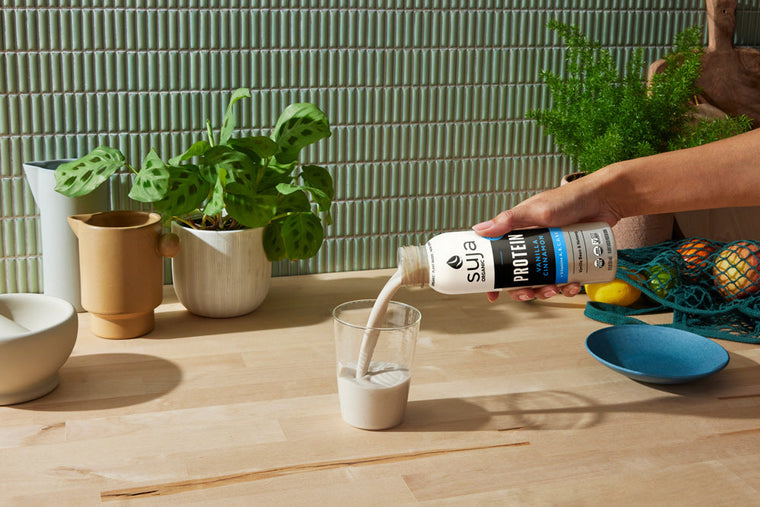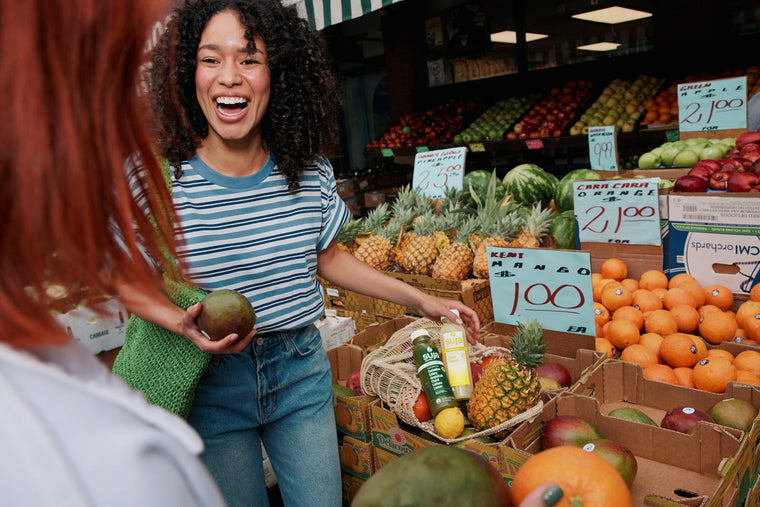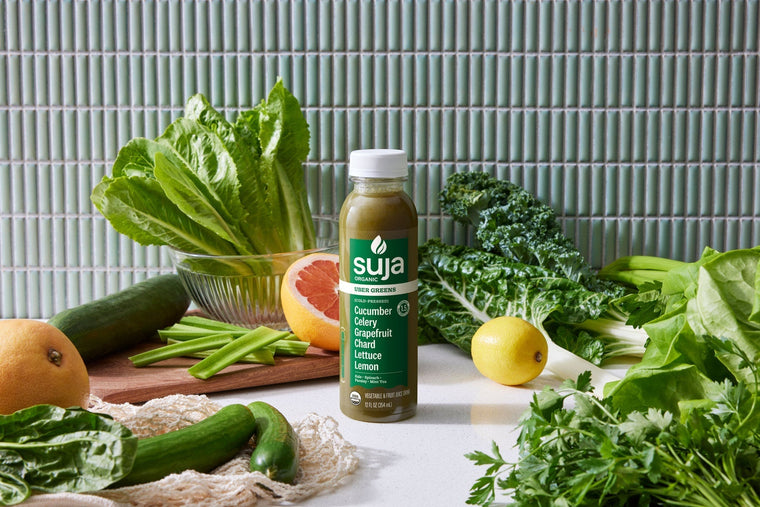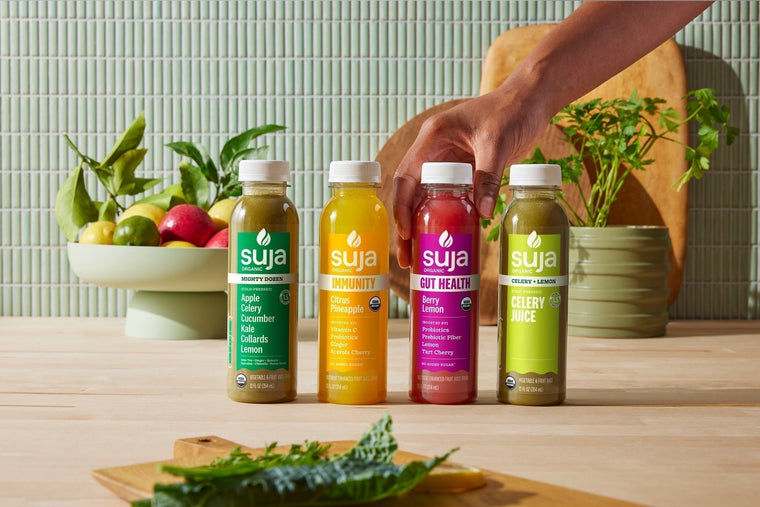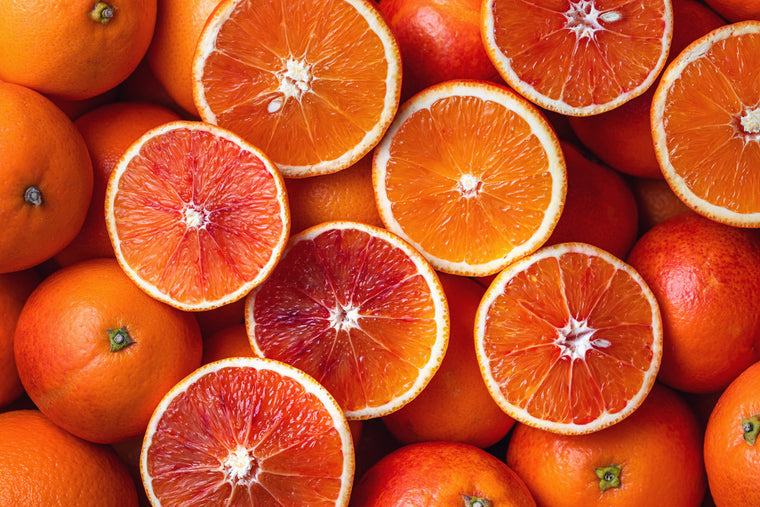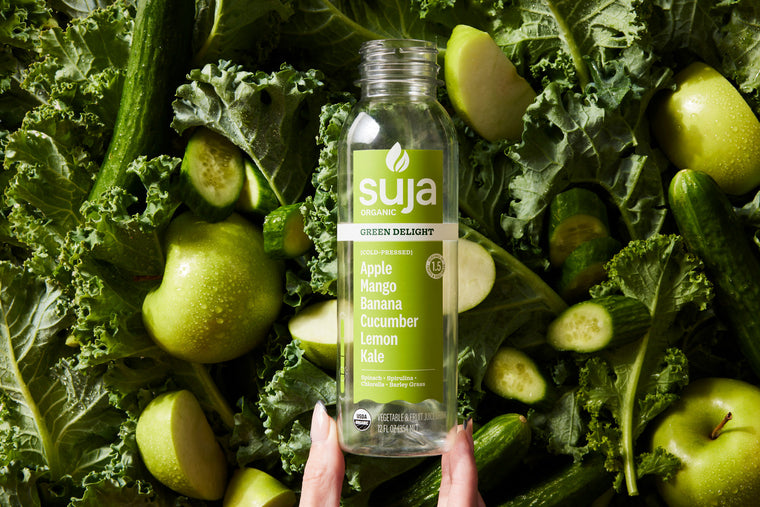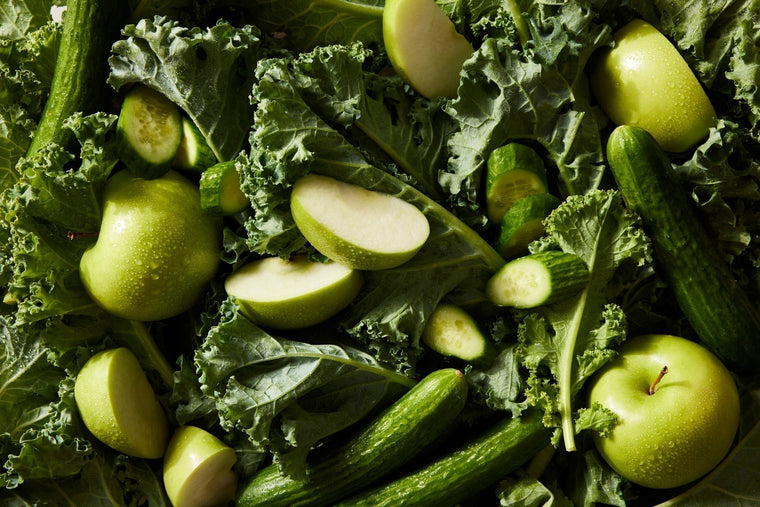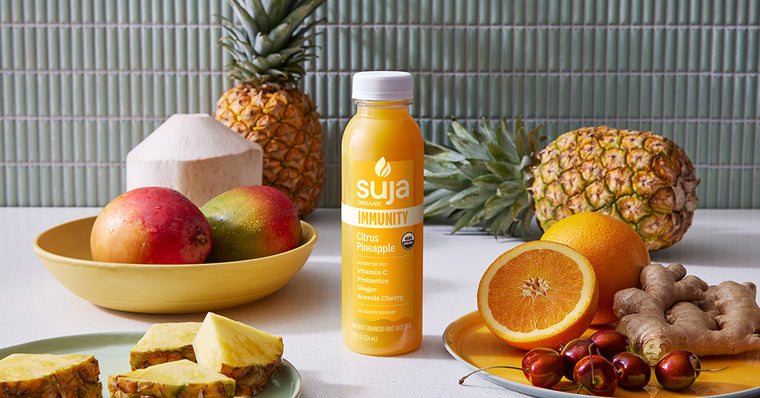If you’re human (and reading this), chances are you’ve got a bit of a sweet tooth — and that’s totally normal! We’re actually hard-wired to crave sugar, which is why that occasional chocolate treat or sweet sip feels so satisfying.
But sugar isn’t always as obvious as a cookie or candy bar. It has a sneaky side, often showing up in foods you’d never expect — thanks to something called “added sugar.”
We’ll break down what added sugar actually is, why it matters, and how it differs from natural sugar. You’ll also learn how to spot hidden sugar on nutrition labels and discover common foods that are surprisingly sweetened during processing.
Here’s why it’s worth paying attention: the American Heart Association recommends no more than 6 teaspoons (100 calories) of added sugar per day for women, and 9 teaspoons (150 calories) for men.1 That adds up quickly, especially if you’re not checking food labels.
Curious whether all sugar is bad? Want to know the difference between total sugar and added sugar? You’re in the right place.
What Is Added Sugar? “The Sneaky Sweet Stuff”
Like its name suggests, added sugars are manually added to foods during the processing stage, on top of any naturally occurring sugars. So let’s define natural sugars! These are the sugars found in naturally occurring foods, like fruits and vegetables, which contain healthy nutrients.
Now, when it comes to added sugars, they’re sneaky, because you’ll usually see them listed as the following sources:
- High-fructose corn syrup
- Cane sugar or cane juice
- Brown rice syrup
- Agave nectar
- Maltose, dextrose, fructose, glucose, sucrose
- Honey (when added, not naturally present)
Common Foods and Drinks That May Contain Added Sugar
Take a peek at some of the most common foods that may contain added sugar.

Obvious Culprits
- Regular soda
- Candy and chocolate bars
- Baked goods (cookies, cakes, muffins, donuts)
- Ice cream and frozen desserts
- Sweetened breakfast cereals
- Syrups (maple syrup, pancake syrup, flavored syrups)
“Healthy” Foods with Hidden Sugar
- Flavored yogurts
- Granola bars and protein bars
- Instant oatmeal packets
- Trail mix with sweetened dried fruit
- Bottled smoothies
Savory Foods with Surprising Sugar
- Ketchup and barbecue sauce
- Pasta sauces
- Salad dressings (especially “fat-free” versions)
- Breads and hamburger buns
- Canned soups
- Frozen meals and stir-fry sauces
Beverages with a Sweet Side
- Flavored coffees and coffee creamers
- Sports drinks and electrolyte beverages
- Sweetened teas and energy drinks
- Flavored plant-based milks (like vanilla almond milk)
Total Sugar vs Added Sugar
When reading food labels, you may encounter total and added sugar, which are two completely different things.
Total sugar includes naturally present and added sugars, hence the “total amount.” Added sugar is not naturally occurring and is typically added to a food product to enhance the flavor or even extend the shelf life.
Since 2020, the Food and Drug Administration has made it mandatory to list the exact amount of added sugar and total sugar. This is so everyone can make informed decisions about sugar consumption based on their individual needs and preferences.2
Different Types of Sugar Explained
Did you know there are around 61 different names for sugar? Sugar comes in three types of monosaccharides, which translates to its simplest form. Some sugars are made with two different monosaccharides bonded together, which are known as disaccharides.3
Glucose
Glucose, a simple sugar known as a monosaccharide, is one of the most common sugars found in plants—and it's a vital source of natural fuel for our cells.4
Fructose
Also a monosaccharide, fructose is one of the sweetest naturally occurring sugars out there and is found in some root vegetables, fruits, agave, and honey. 5
Galactose
Made of the same elements as glucose, this monosaccharide is not sweet on its own and is primarily used to build cell structures. When paired with glucose, this combo can actually make lactose.6
Sucrose
Widely recognized as table sugar, sucrose is a disaccharide made with equal parts of glucose and fructose. You can mainly find sucrose in cane sugar, sugar beets, and it’s added to many processed foods.7
Lactose
Lactose is another disaccharide made up of glucose and galactose. It's the natural sugar found in dairy products and milk. 8
Maltose
Less sweet than table sugar, maltose is comprised of two glucose molecules, and is typically found in malted grains, barley, and foods like beer, cereals, and bread during the digestion of starch.9
Natural Sugar in Juices: “The Sweetness You Can Trust”
Many juices on grocery store shelves are packed with added sugars, which is why it's so important to check the label before you sip. At Suja Organic, we're proud to take a more mindful approach. Our organic cold-pressed juices are crafted to deliver delicious flavor and nutrition, without relying on added sugars. Thanks to our cold-pressing process, we’re able to preserve the natural sweetness and nutrients found in fruits and vegetables.
A handful of our juices contain only naturally occurring sugars, with no need for artificial enhancements. Some of our best-selling, no-added-sugar options include:
- Mighty Dozen: A blend of earthy greens, ginger, and a hint of natural sweetness from crisp apples.
- Uber Greens: When leafy greens, citrus, and mint tea join forces, you get Uber Greens — a delicious green juice with no added sugar.
- Lemon Love: With no added sugar and just 1g of total sugar, Lemon Love is a refreshing juice that will perk you up with a subtle punch of cayenne pepper.
Know Your Sugar Intake, Own Your Health
At the end of the day, sugar is a natural part of many whole foods — and that’s not a bad thing. In fact, naturally occurring sugars can support energy production and fuel your body. The key is being mindful of added sugars, which simply means paying closer attention to the foods and drinks we choose. Don’t forget to also look at total sugar vs. added sugar!
And don’t stress about that sweet tooth — it’s completely natural! A healthy sweet snack or a naturally sweetened juice like Mighty Dozen, made with apple, or any one of our organic sips can satisfy your craving without overloading on added sugar.

*Disclaimer: This blog contains promotional content about our products. The information provided in this blog is for educational and informational purposes only and should not be construed as medical advice. While the nutritional information and health tips shared here are based on published studies and expert insights, they should not replace advice and treatment from a healthcare professional. Always consult a qualified healthcare provider with any questions you may have regarding a medical condition or health objectives.
Endnotes
- American Heart Association. (2021, November 2). Added Sugars. Www.heart.org; American Heart Association. https://www.heart.org/en/healthy-living/healthy-eating/eat-smart/sugar/added-sugars
- Added Sugars: Now Listed on the Nutrition Facts Label. (n.d.). https://www.fda.gov/media/135299/download
- Zacharias, E. (2015, August 23). Basic Understanding of Carbohydrates. Boulder Medical Center. https://www.bouldermedicalcenter.com/basic-understanding-of-carbohydrates/
- PubChem. (2019). D-Glucose. Nih.gov; PubChem. https://pubchem.ncbi.nlm.nih.gov/compound/GLUCOSE
- Harvard T.H. Chan. (2012, September 18). Carbohydrates. The Nutrition Source. https://nutritionsource.hsph.harvard.edu/carbohydrates/
- PubChem. (n.d.). D-Galactose. Pubchem.ncbi.nlm.nih.gov. https://pubchem.ncbi.nlm.nih.gov/compound/D-Galactose
- National Center for Biotechnology Information. (2019). Sucrose. Nih.gov; PubChem. https://pubchem.ncbi.nlm.nih.gov/compound/Sucrose
- What is lactose? (2017, December 20). Www.usdairy.com. https://www.usdairy.com/news-articles/what-is-lactose
- Stewart, G. (2019). Maltose - an overview | ScienceDirect Topics. Www.sciencedirect.com. https://www.sciencedirect.com/topics/agricultural-and-biological-sciences/maltose


